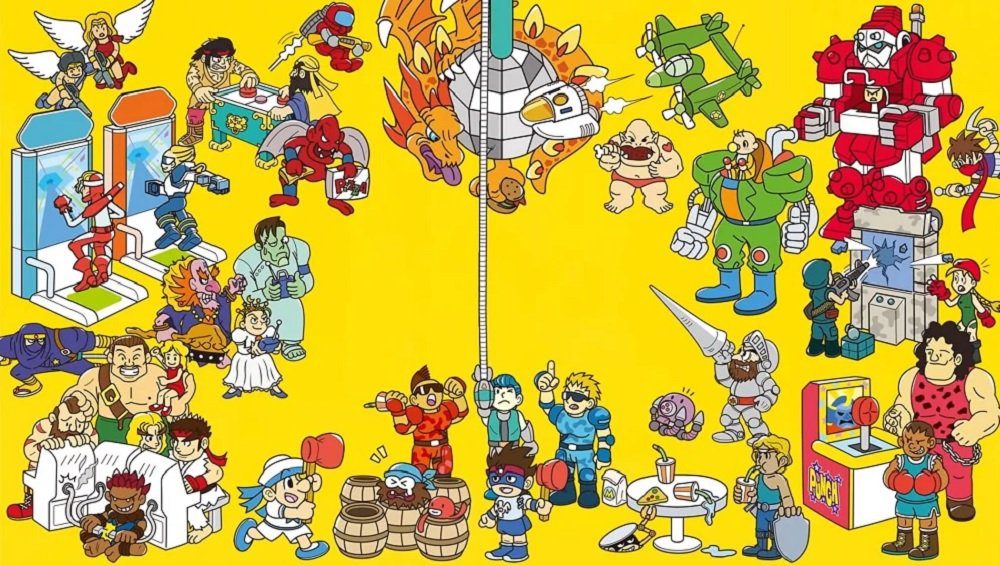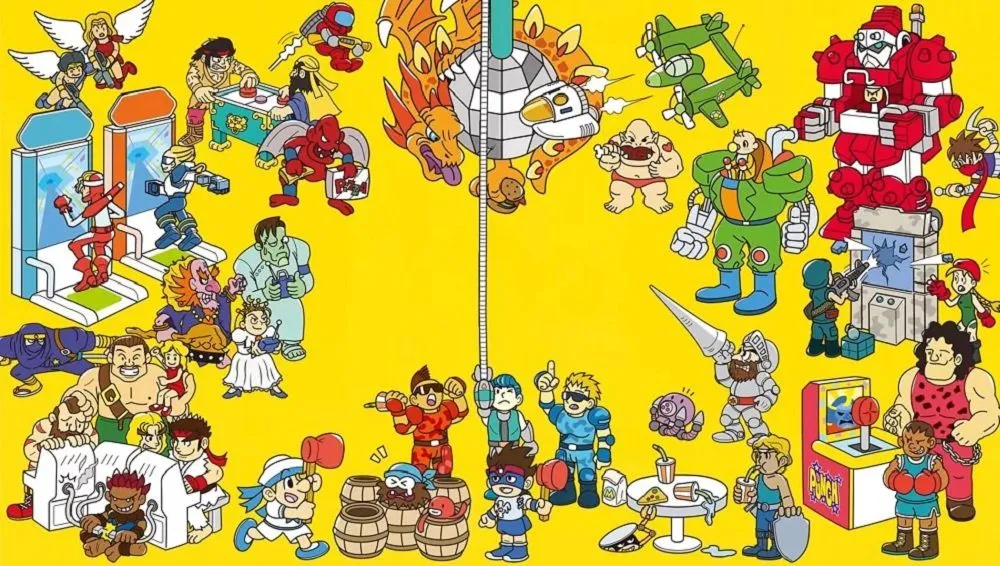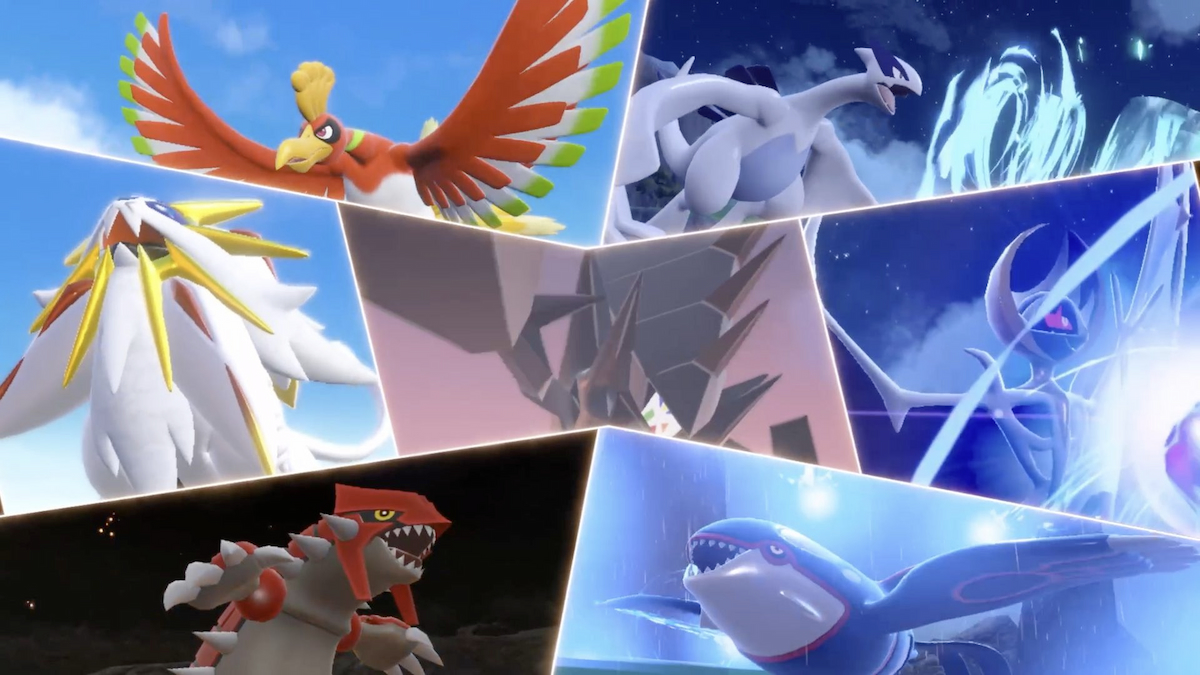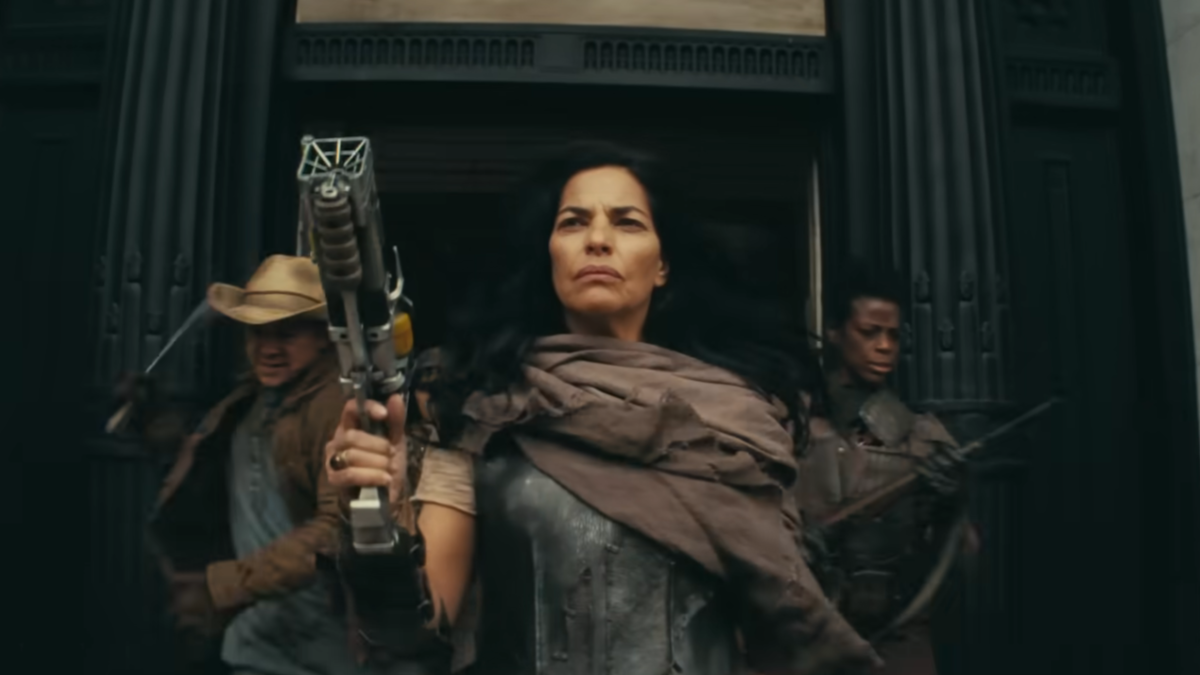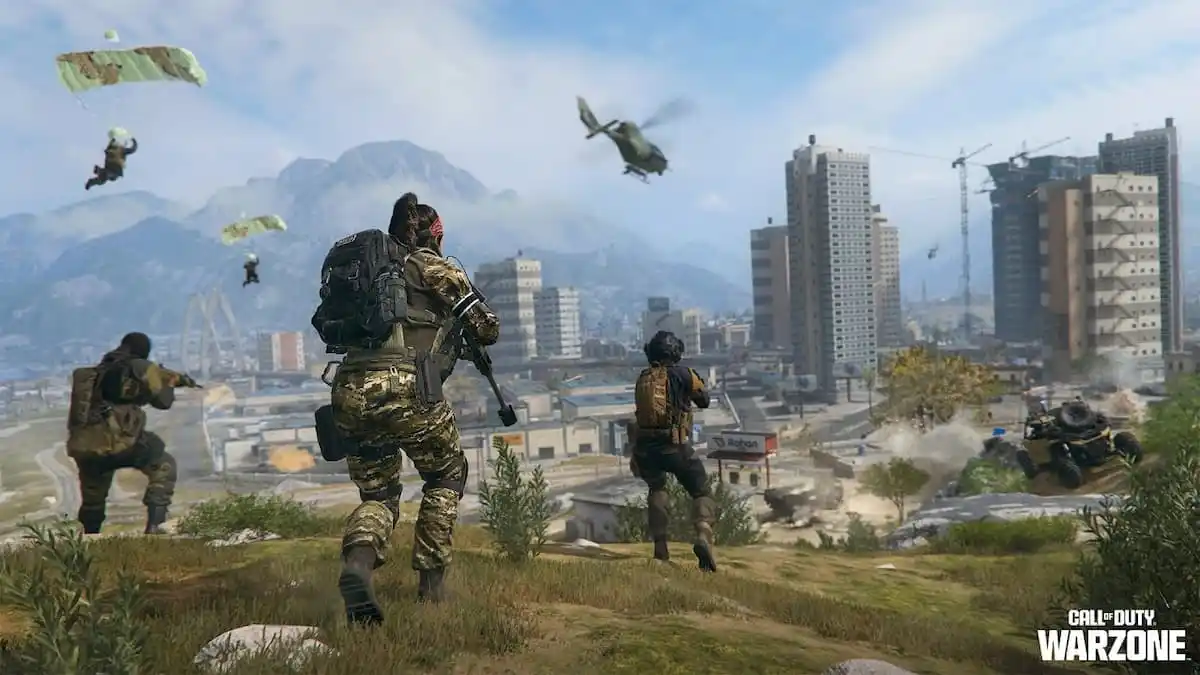Continue…?
It was the best of times, it was the blurst of times. I don’t need to write another lengthy, misty-eyed intro on how my entire formative life years were spent squinting in the noisy din of the arcade, breathing cigarette smoke into my young lungs, straightening out fivers to feed into antsy change machines, and to trying leave as broad-shouldered as possible through sinister gangs eyeing you up for 50p coins… Well, I guess I just did write another, but without rose-tinted glasses I have nothing.
Still, the good folk over at Capcom are offering you younglings the opportunity to relive the excitement of those halcyon days. All of the games without the constant feeding of quarters, long wait in lines, or graduation from The School of Getting The Shit Kicked Out of Me. Capcom Arcade Stadium brings together a bevy of coin-guzzling classics in one easy package, offering a veritable hall of entertainment crammed into a single handheld device.
I’d love to accurately convey how the very idea of having over 30 arcades – that at the time felt like the most complex and compelling video games of all-time – packaged as a simple, carry-around piece of casual entertainment seemed like the stuff of a madman’s dream back in 1992, but the last thing I need is more clock-spinning self-reflection. Let’s just get to the action, folks.

Capcom Arcade Stadium (Nintendo Switch [reviewed], PS4, PC, Xbox One)
Developer: Capcom
Publisher: Capcom
Released: February 17, 2020 (Switch) | TBA (PS4, PC, Xbox One)
MSRP: $40 Complete | Multiple $15 game packs
Capcom Arcade Stadium is a celebration of the Japanese studio’s formative years, mostly spent pumping out red-hot releases, across a wide variety of genes, for the arcade scene – just starting to find its feet again after the video game crash of 1983. This new compilation consists of a grand total of 32 titles. These are comprised of three individual packs of 10 games each, plus Ghosts ‘n Goblins (1985), which is oddly a stand-alone purchase. Players receive the classic shmup 1943: The Battle for Midway (1987) free of charge by simply downloading the dashboard.
Frankly, it’s a bizarre delivery system. And it would probably have made more sense for Capcom to offer each title individually, or a discounted bumper pack with all launch titles included. Mixing together individual releases in packs of 10 seems fairly redundant, and anyone wishing to get in on the retro action will be better served by just buying the complete collection outright for $40, rather than dropping $15-30 on two-thirds of the available games.
Capcom Arcade Stadium gives players the opportunity to have a run of retro classics to hand and on-the-go. While many of these titles have seen re-release time and again, having the catalog ready to go in handheld form is certainly a treat. Even though I’ve been playing a lot of the included titles to death for decades, I have found myself crashed out in bed running through them for the 539th time. Easy, fast access is a key factor in the overall appeal of Capcom Arcade Stadium.
It can’t be denied that there are some truly excellent games included. Legendary brawler (and yours truly’s all-time favorite) Final Fight (1989) is on deck, as is Bionic Commando (1987), the fantastic Cave shooter Progear (2001), Ghouls ‘n Ghosts (1988), Captain Commando (1991), and no less than three editions of the genre-defining Street Fighter II (1991). Capcom’s love letter to itself offers retro fans an opportunity to re-appreciate some of the greats (Strider [1989] is truly a marvel of design), while experiencing some more obscure entries, such as Battle Circuit (1997) or Cyberbots: Full Metal Madness (1995), perhaps for the first time.
Unfortunately, inevitably, there are numerous fan favorites that do not put in an appearance. There’s no sign of Capcom’s goth fighter Darkstalkers, and licensed titles are also M.I.A. You won’t find The Punisher, Alien vs. Predator, or Cadillacs and Dinosaurs here. We can likely expect many missing titles to arrive down the line, perhaps compiled alongside less desirable releases in further $15 game packs (although the licensed games may never show up). Still, Capcom Arcade Stadium‘s launch lineup features a solid mix of very playable games.
On the technical side of things, the emulation is snug. Each title is fast, slick, and responsive, only retaining the same legacy issues they suffered back in the good old days. When playing in handheld mode, players have the option of re-orienting the screen for vertical shmups such as 1943, Varth (1992), and Commando (1985). This option is handled in a surprisingly cumbersome manner, requiring a bit of trial and error to get both screen and controls suitably aligned.
Speaking of control, the humble Joy-Con suffers in its efforts to provide the scalpel-precise maneuverability required by some of the titles on offer. For example, I found Ghouls ‘n Ghosts‘ absolute necessity for pixel-perfect control nigh-on impossible with the Switch’s trademark controller, with similar input inconsistencies on other titles. But for the majority of games – and given Capcom Arcade Stadium‘s emphasis on light, casual entertainment – the Joy-Con remain entirely serviceable.

Capcom Arcade Stadium offers several features and mechanics designed to help increase the playability and longevity of every bundled arcade classic. Save states for all games are available as standard, while a Rewind feature lets you skip back the action a few seconds at the mere press of Right Shoulder. Left Shoulder toggles ROM speed, allowing players to increase or decrease the live speed of each title. It certainly makes an interesting experiment (and sometimes improvement) to play some of your favorite games at twice the tempo, while the option is also there to slow trickier shmup encounters to a crawl. But why would you do that?
Capcom also has plans to run rotational challenges and competitions on various games over the coming weeks and months. Players will be able to jump in and take on Time Attack, Score Attack, 1-Credit-Clear, and other missions as Capcom sees fit, with the best players earning their spot among the online leaderboards as the greatest… I don’t know… Pirate Ship Higemaru (1984) player in the galaxy. Perhaps of no surprise, said leaderboards are already chock-a-block with jaw-dropping scores and completion times. Good luck.
Every game has its own dip-switch settings, as well as an option to toggle between the Japanese and World ROM sets. So if you want to see Jessica Haggar sans dress, or Ginzu the Ninja scissor a motherfucker in twain, you’re both sick and sorted, mister. A selection of screen filters and ratio options enable players to enjoy each game at multiple screen sizes, with a choice selection of snazzy surrounds. You can enjoy Forgotten Worlds (1988) et al in all their pixelated glory, with scanlines, or with gross, blur-o-vision filters. My eyes.
While every title on Capcom Arcade Stadium features local multiplayer – in co-op, Vs., or tag mode as each game allows – there is no online multiplayer whatsoever, which is certainly a shame.
In regards to presentation, CAS has an inviting and enjoyable front-end (minus the auto-tuned atrocity plaguing the title screen), but it lacks any form of gallery, jukebox, or retrospective entirely. This feels odd for a compilation celebrating a specific era of company history. While the games themselves are authentically depicted, CAS is missing the same celebratory love and attention afforded releases such as Street Fighter 30th Anniversary Collection or Final Fight: Double Impact.

You know exactly what you’re in for with Capcom Arcade Stadium, which ultimately makes reviewing it a tad redundant. Capcom’s trip down memory lane is a no-brainer for any Switch owner who digs arcade classics on-the-go, or the ability to throw down with pals at a moment’s notice. There are numerous titles conspicuous by their absence (I need Gun.Smoke!), and Capcom definitely could have pushed the “history” angle harder, but as a low-intensity traveling/bedside companion, CAS certainly fits the bill. And you don’t even have to wait for the guy in front, pockets jingling, to get the hell out of the way.
Capcom Arcade Stadium is a nostalgic look at a time when stained space carpets and deafening cacophonies were all the rage, performing admirably in its role at offering classic thrills in portable form. The lack of online multiplayer is disappointing, and the package will never feel truly complete until certain titles break free from licensing limbo, but as a way to while away lazy afternoons or dull commutes, CAS is worth its weight in credits.
[This review is based on a retail build of the game provided by the publisher.]
